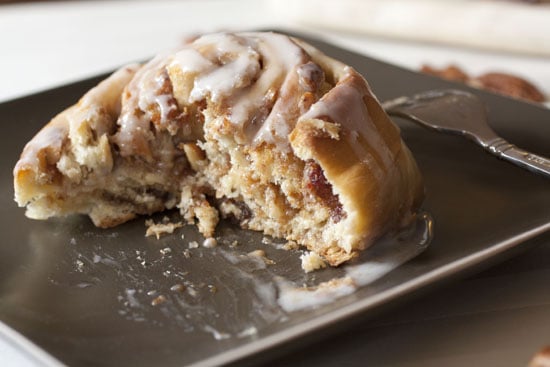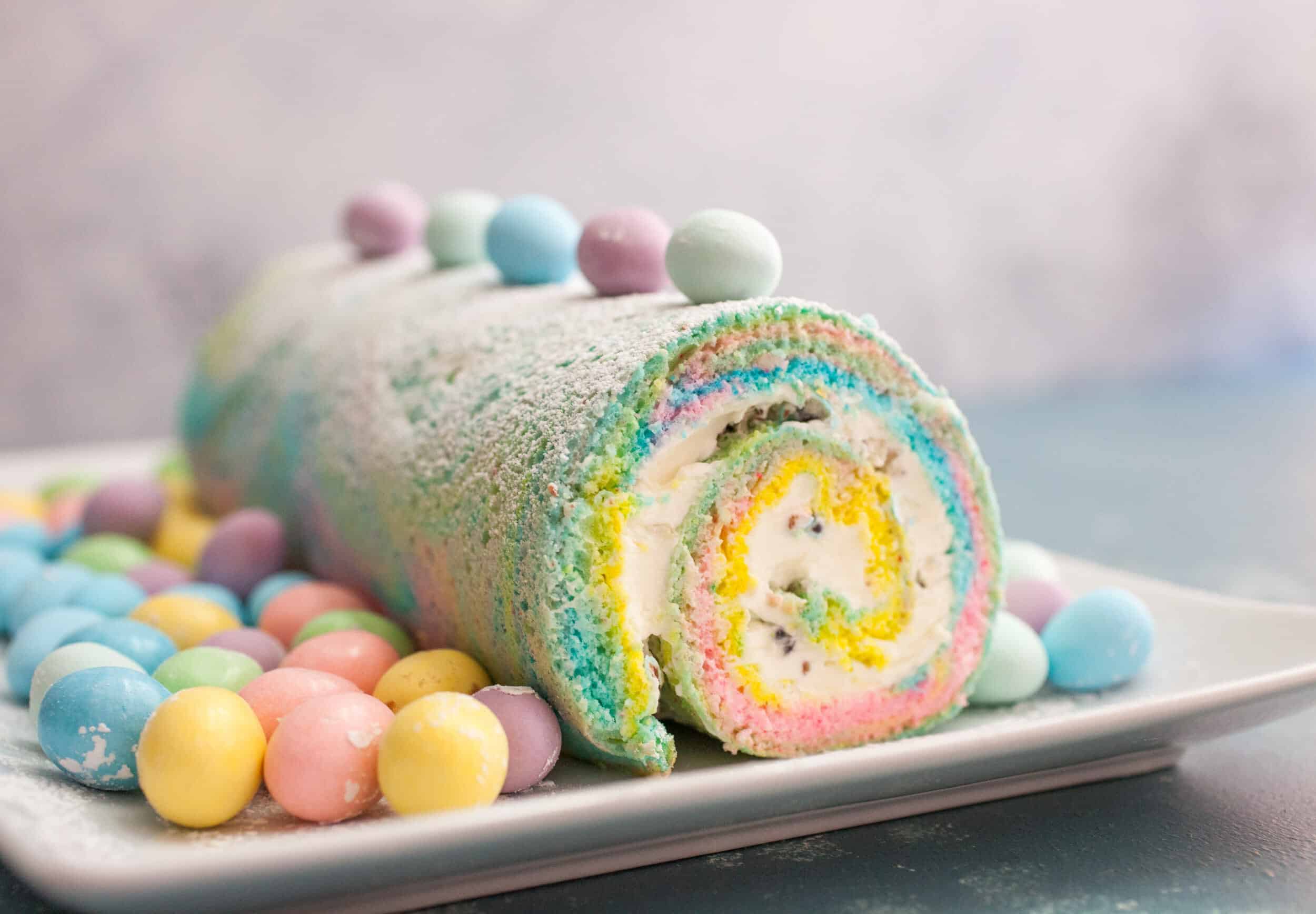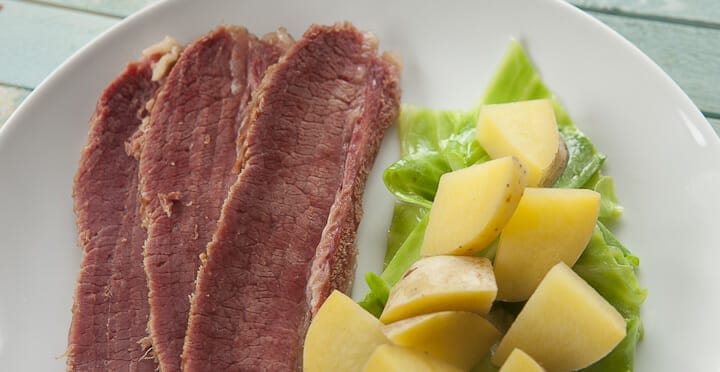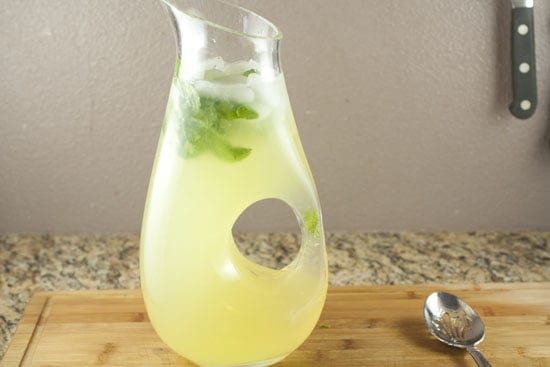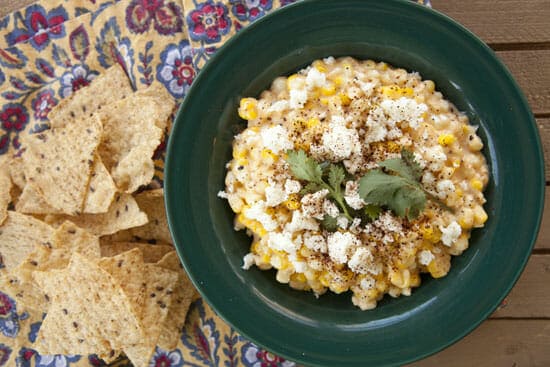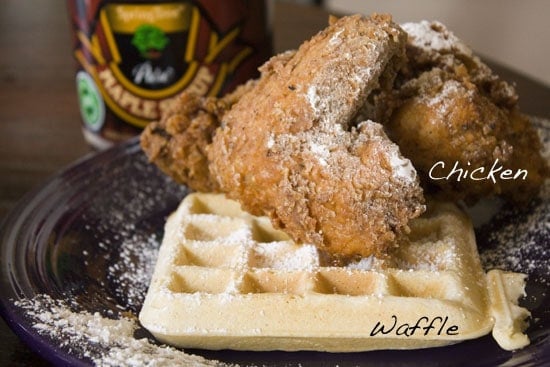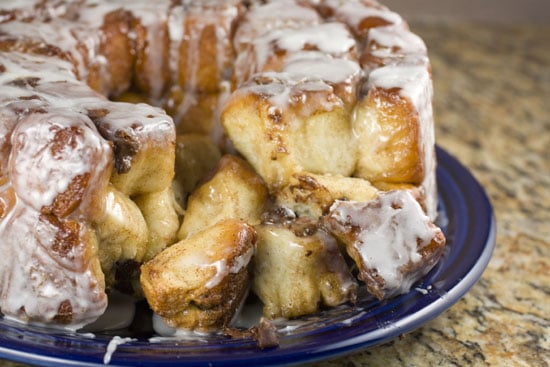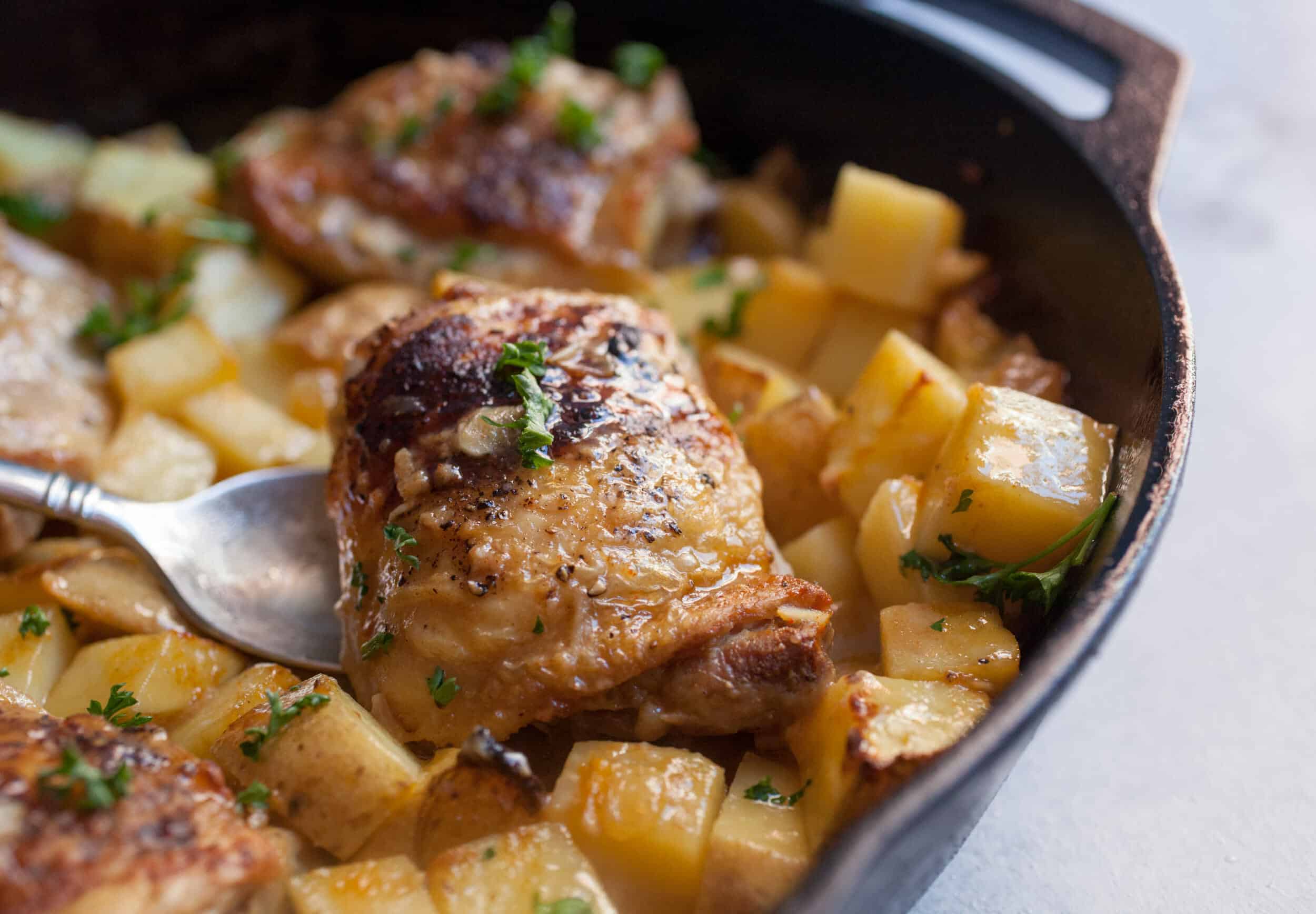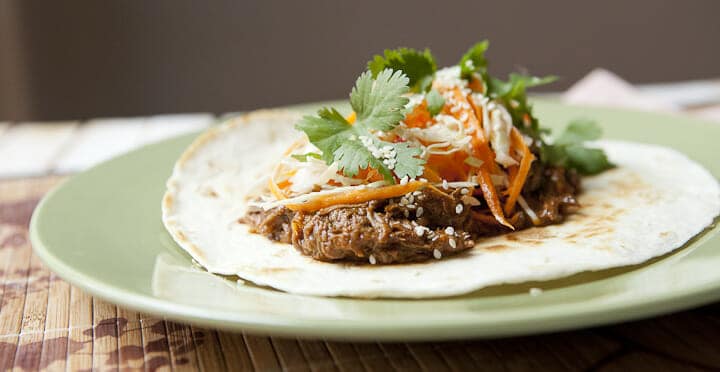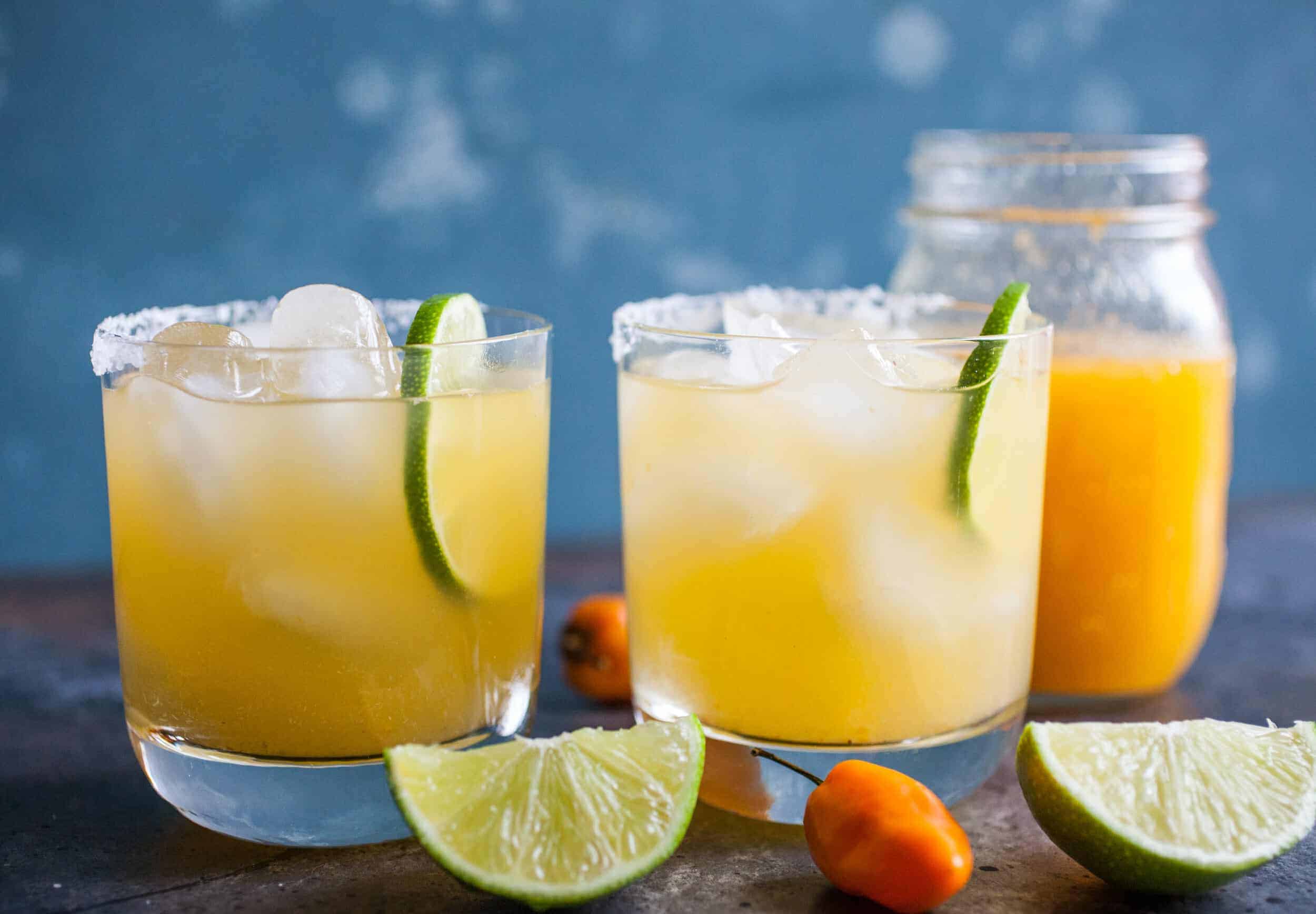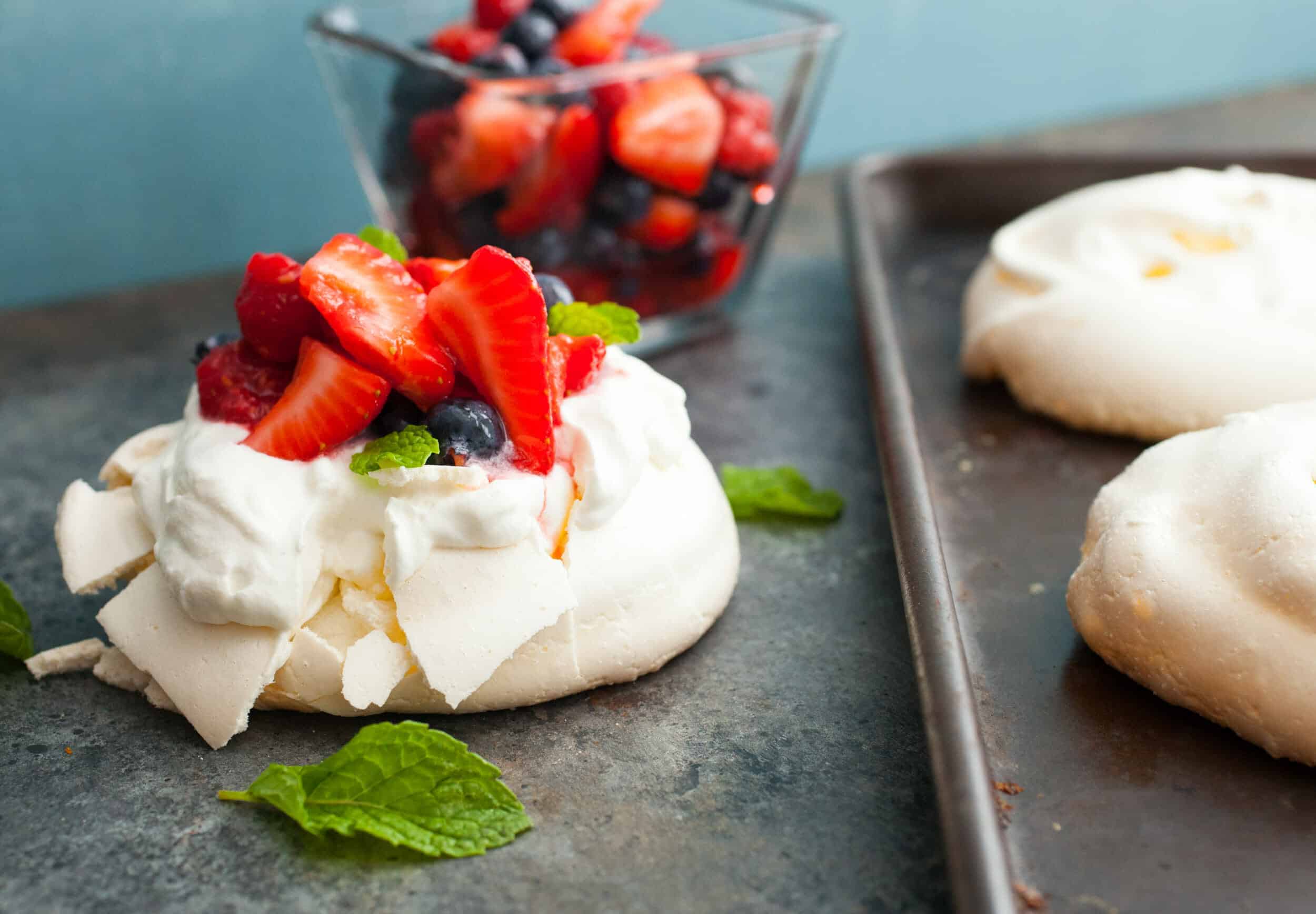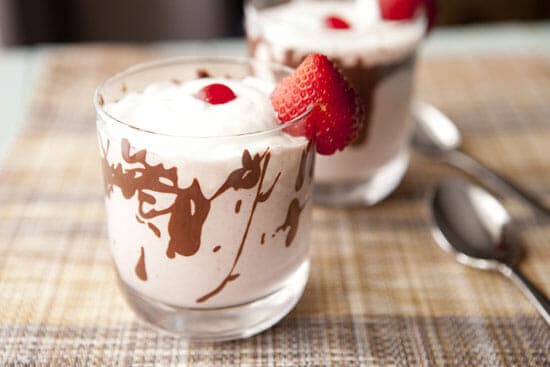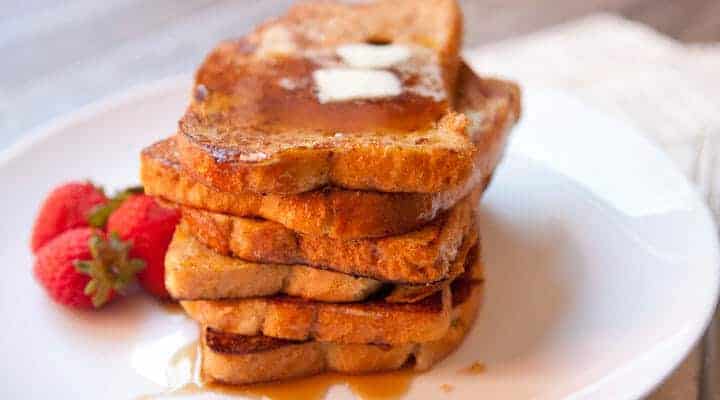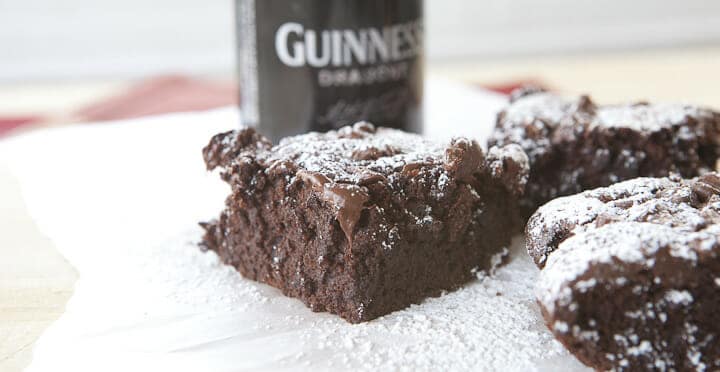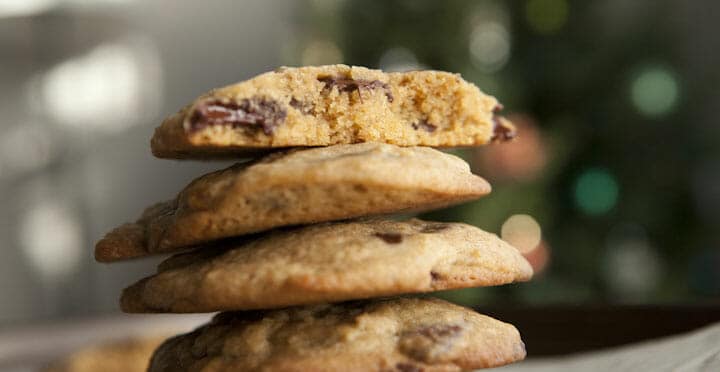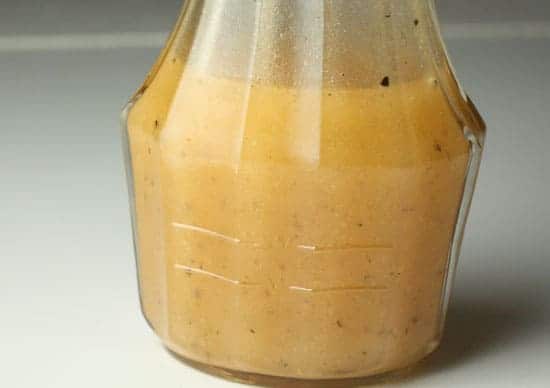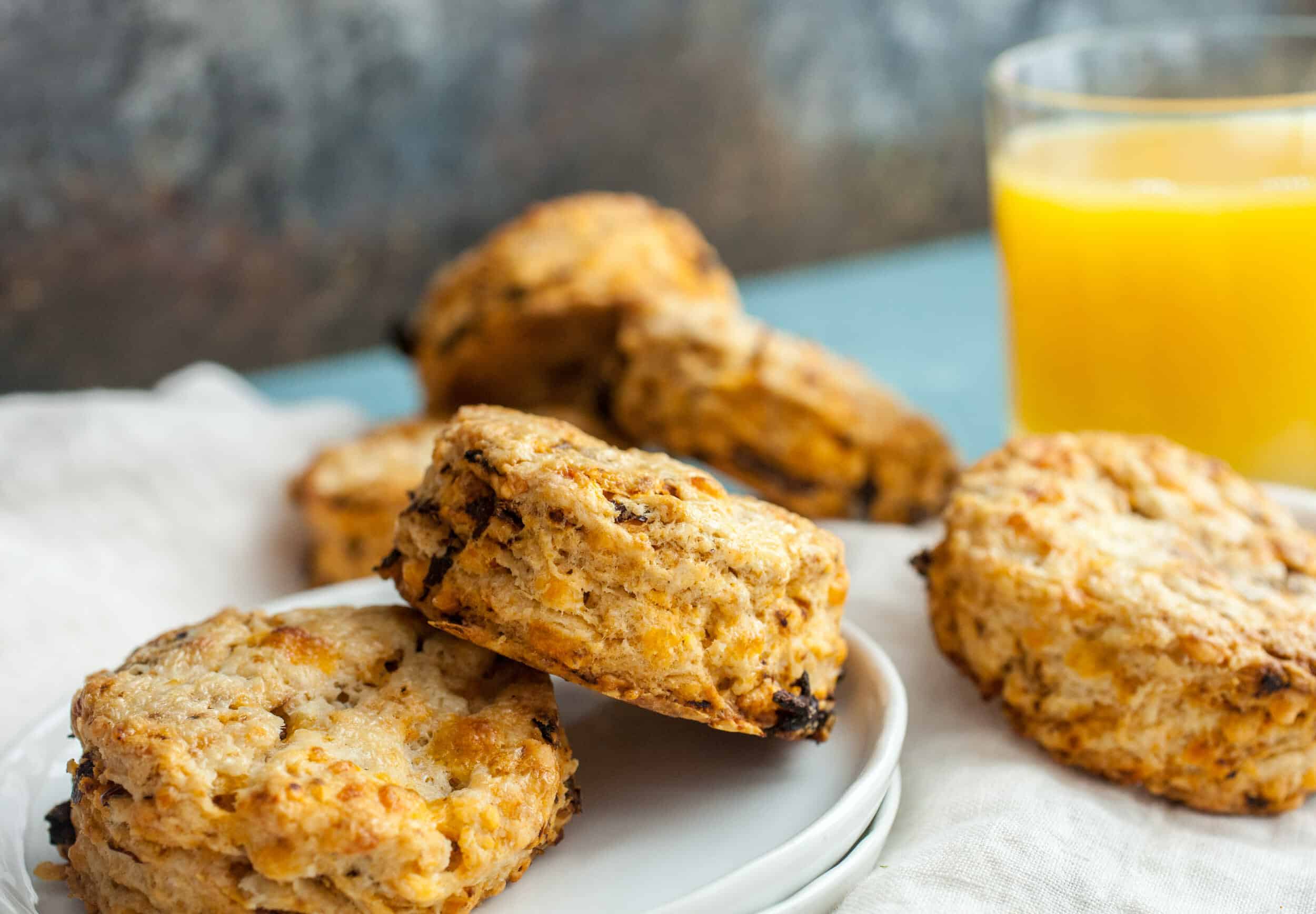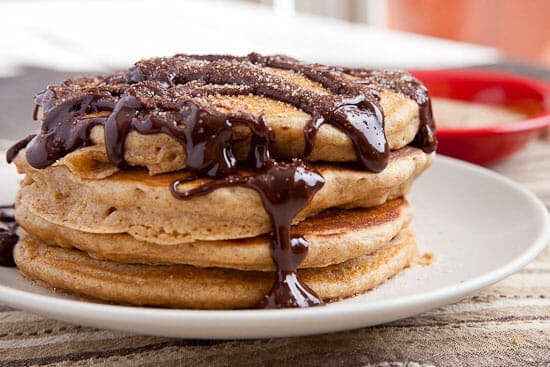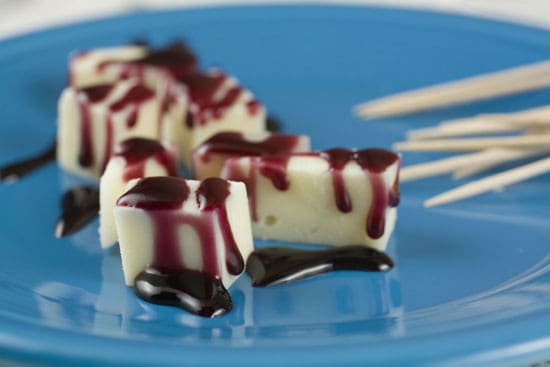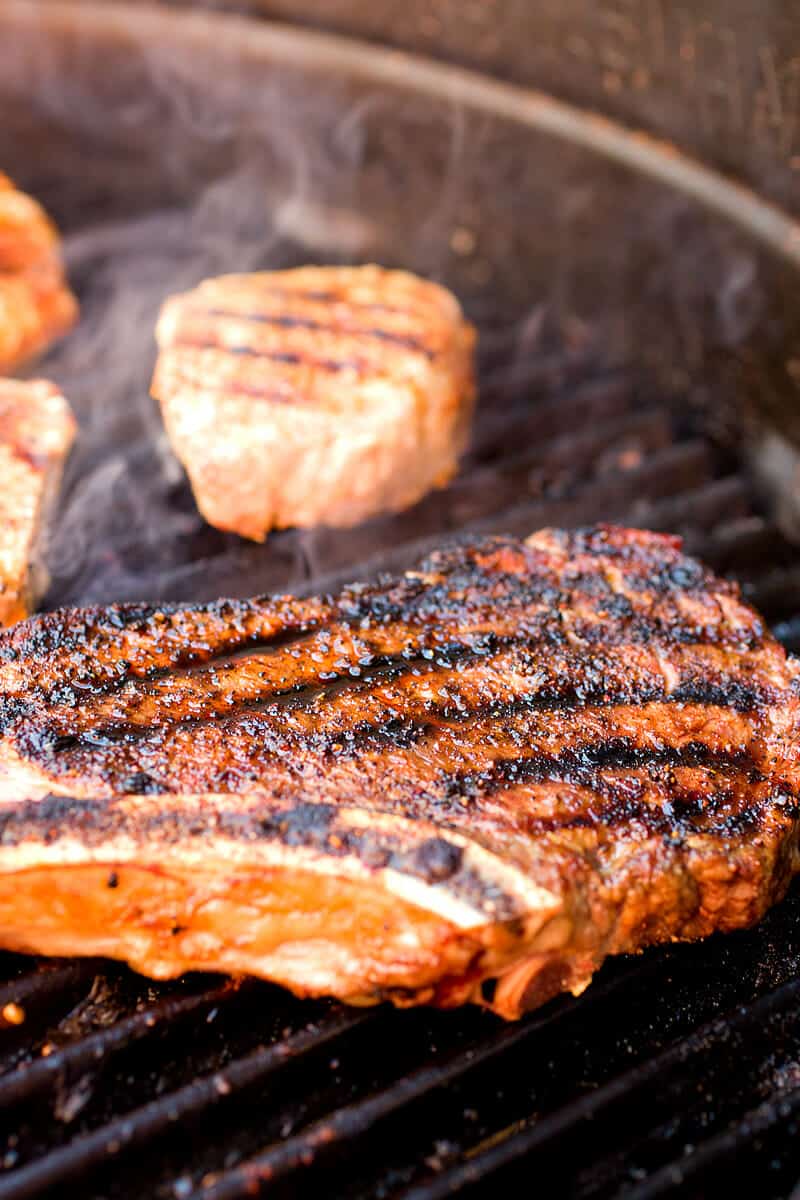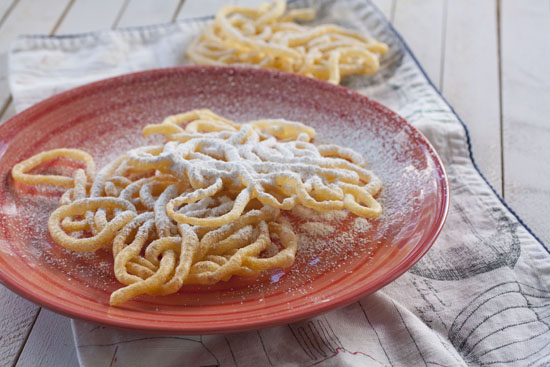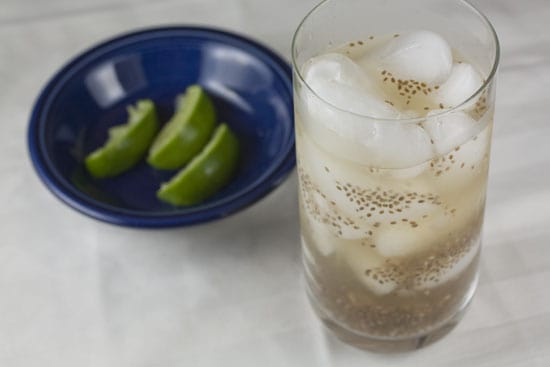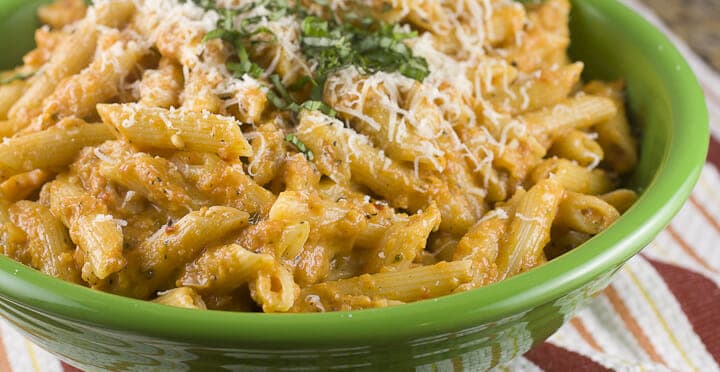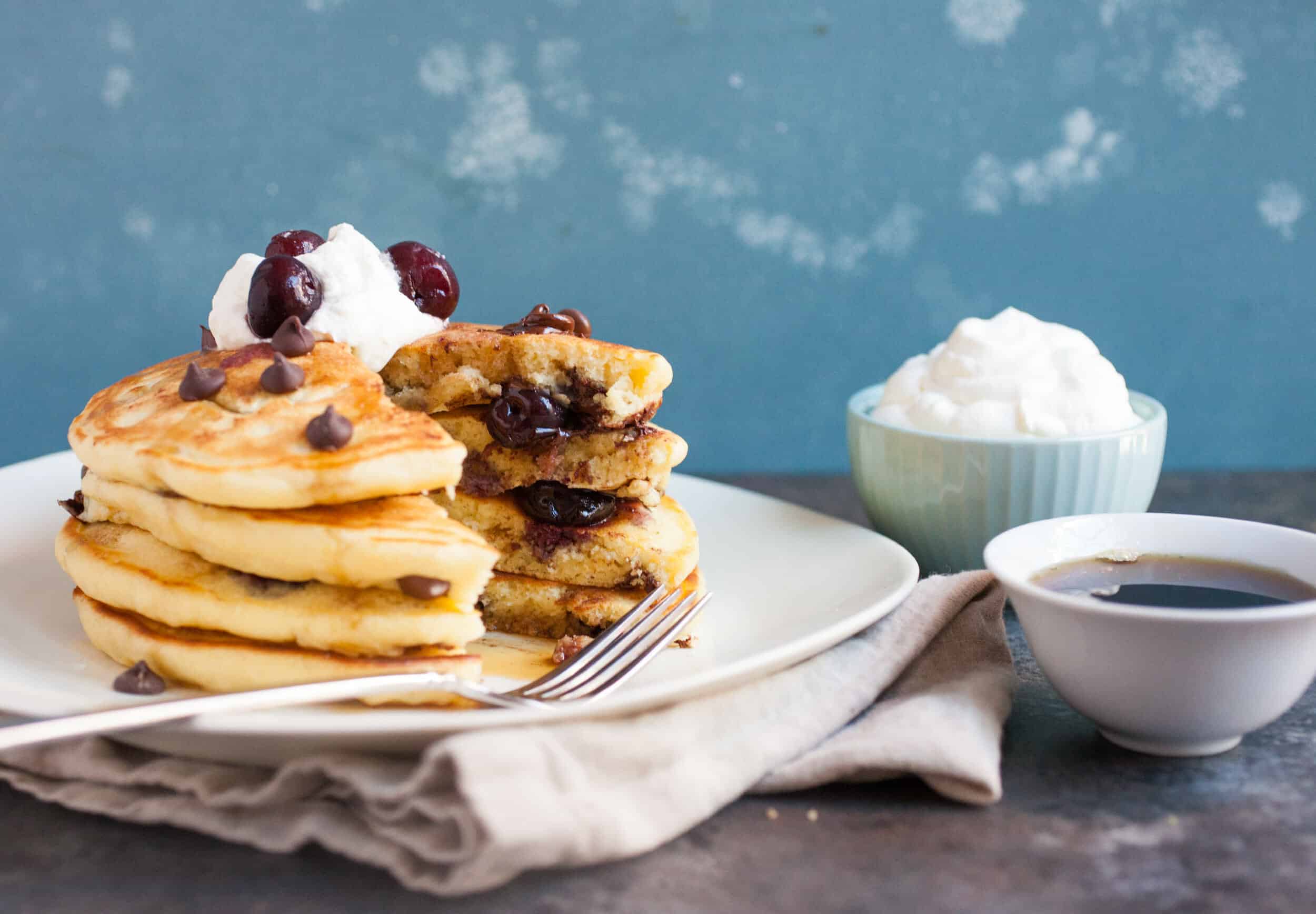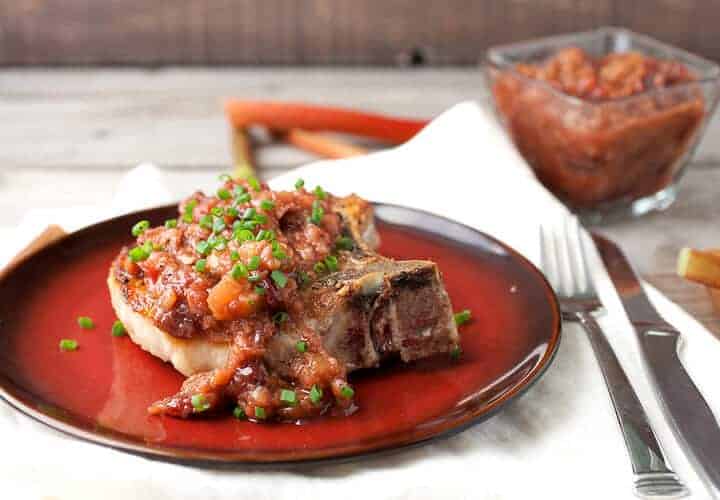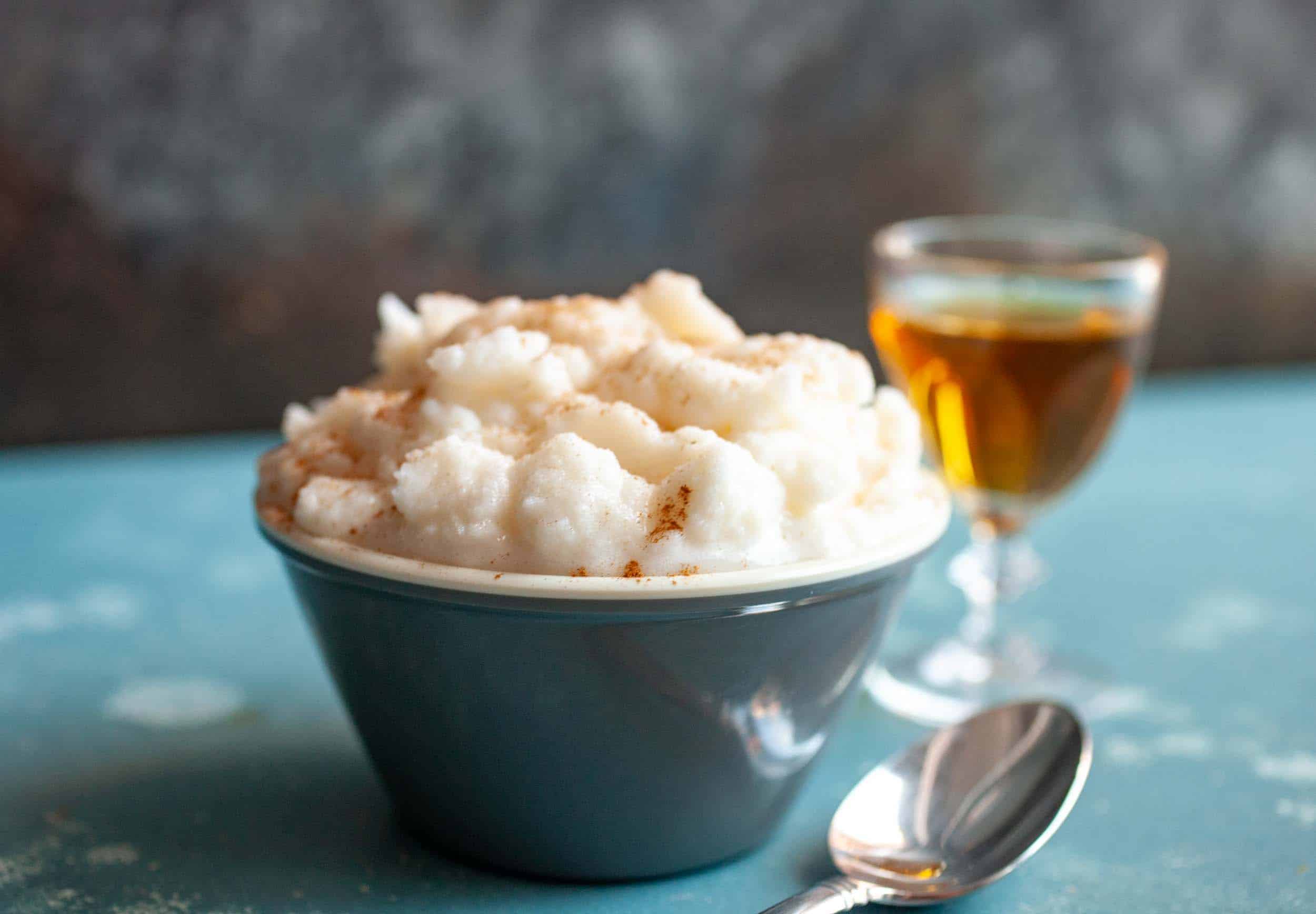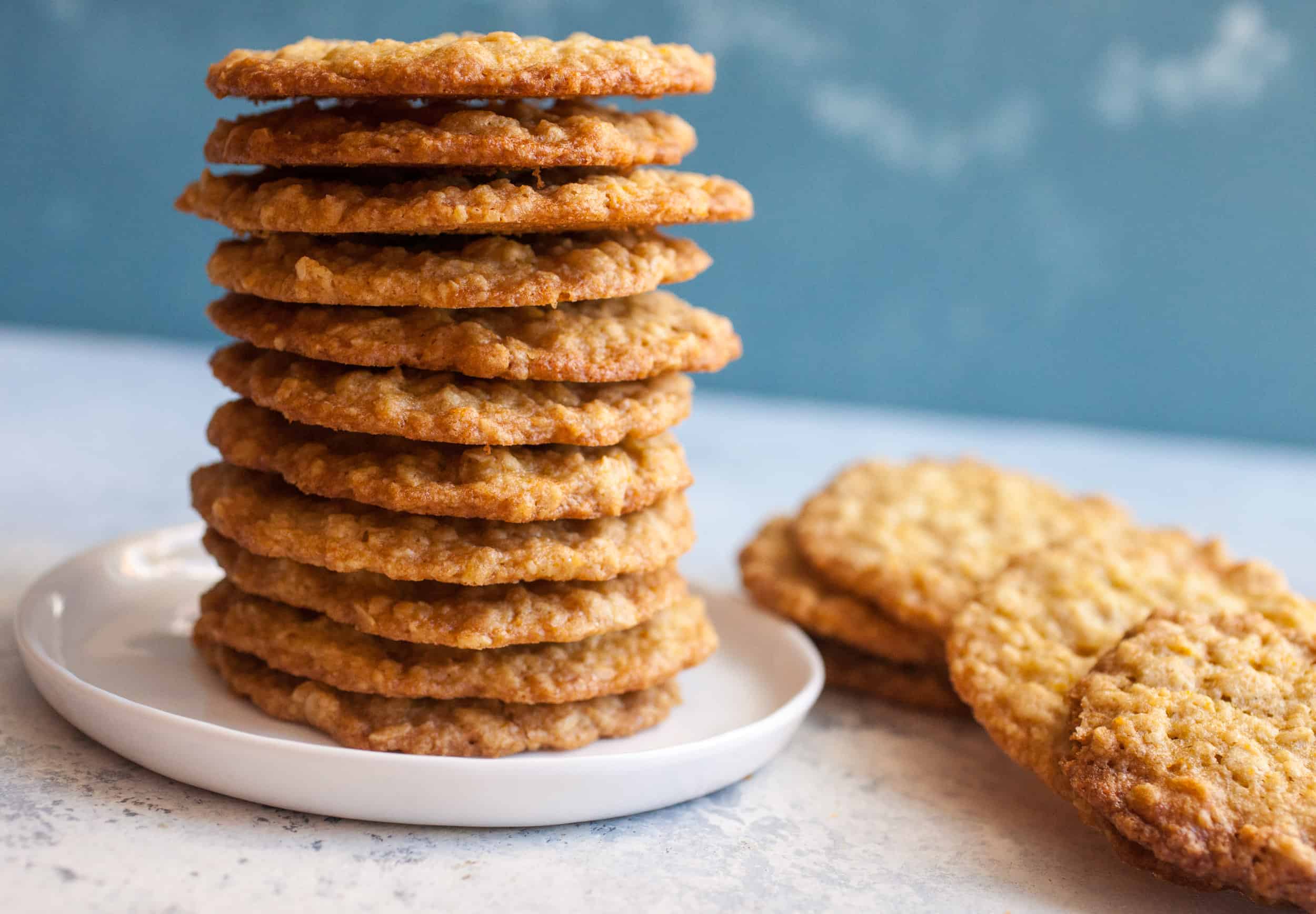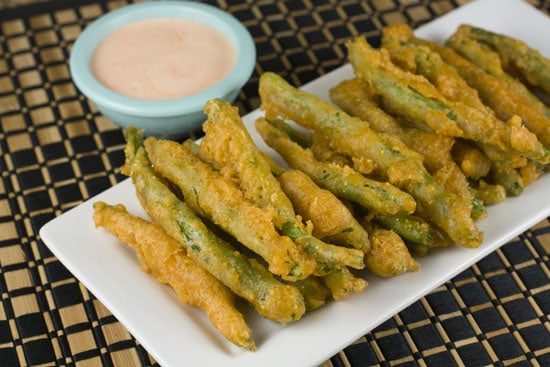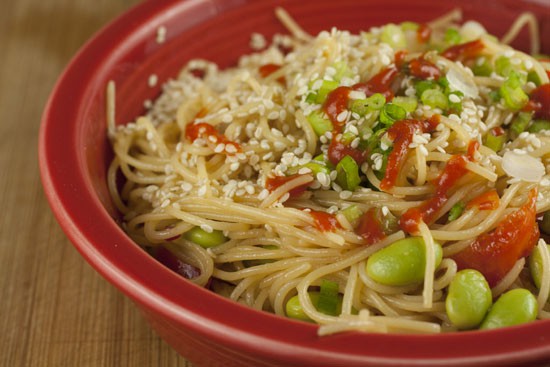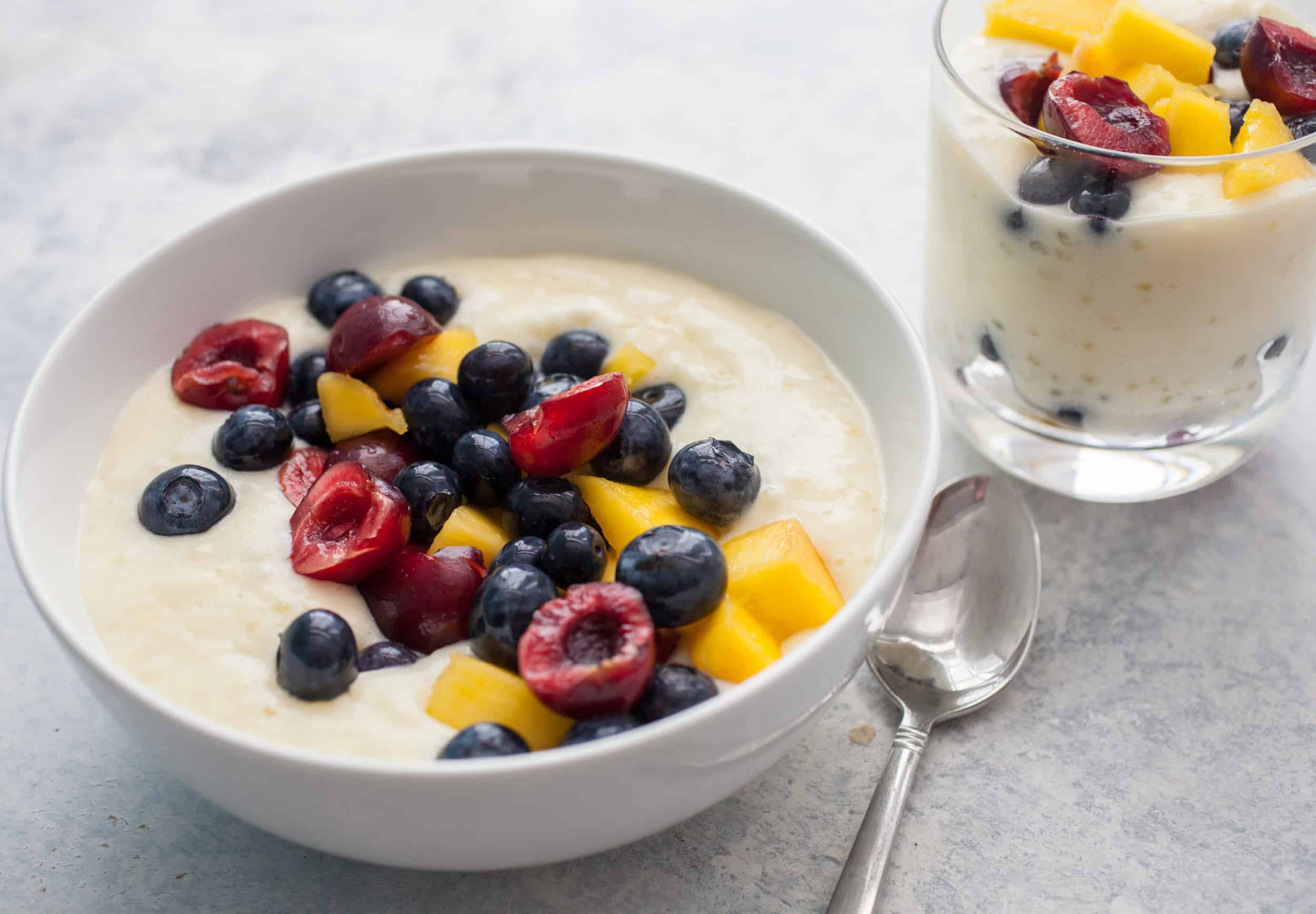Sugar: Important Facts, Health Benefits, and Recipes
Explore the history, background, and health effects of sugar in this comprehensive guide, and learn how to make informed choices about incorporating this sweet ingredient into your daily life.
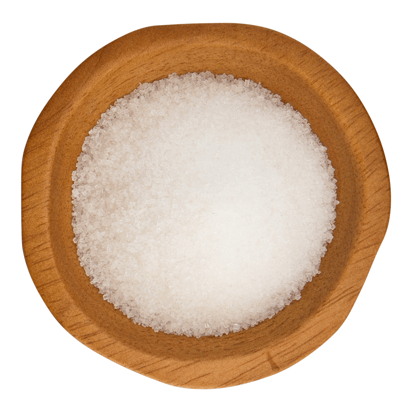
Nutritional Facts
1 tsp
Amount per serving
Calories
16.3
Carbohydrates
4.2 g
Fat
0 g
Protein
0 g
Saturated Fat
0 g
Sodium
0 mg
Fiber
0 g
Sugar
4.2 g
Best Sugar Recipes
-
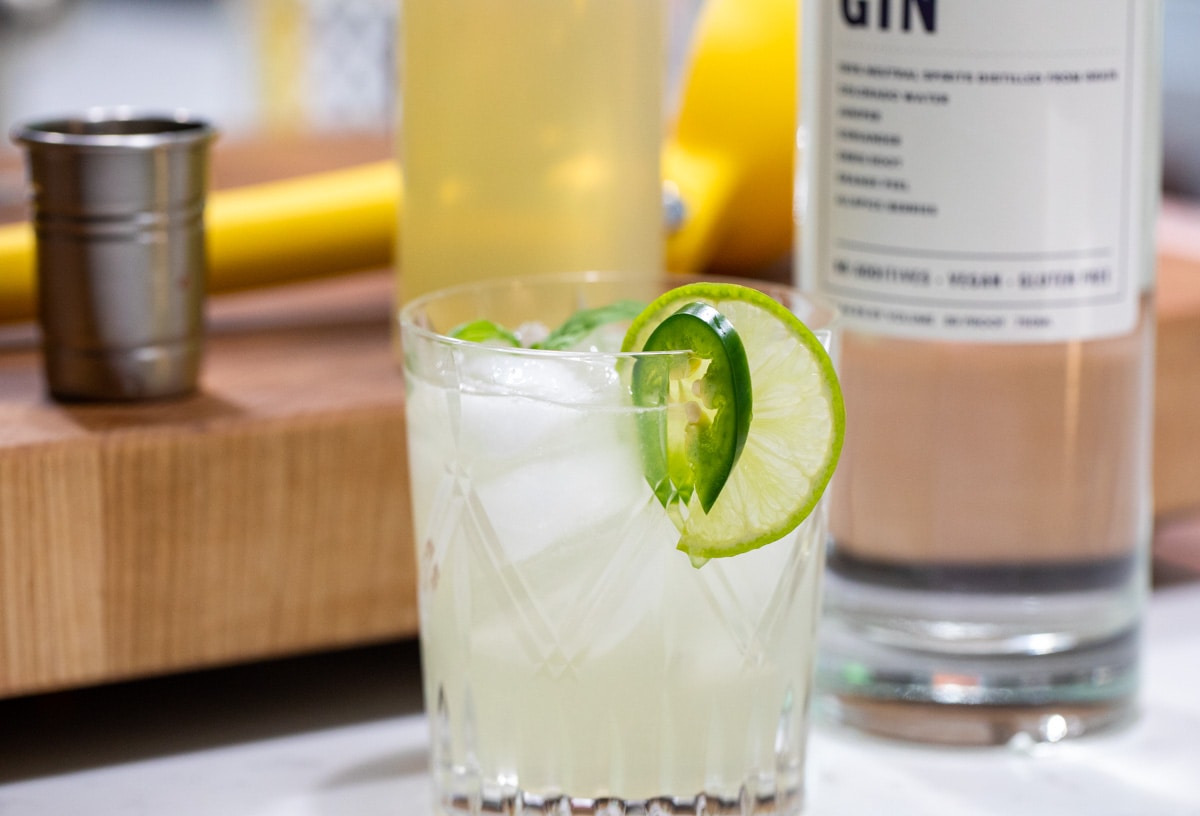
-
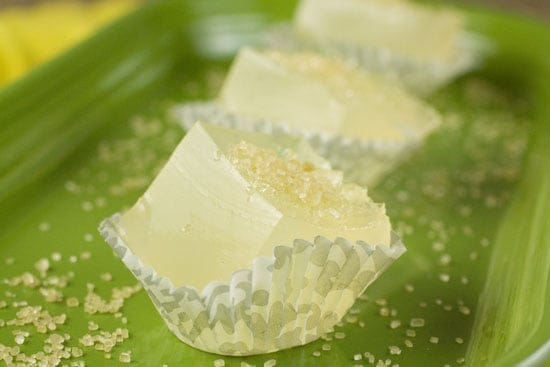
-

-
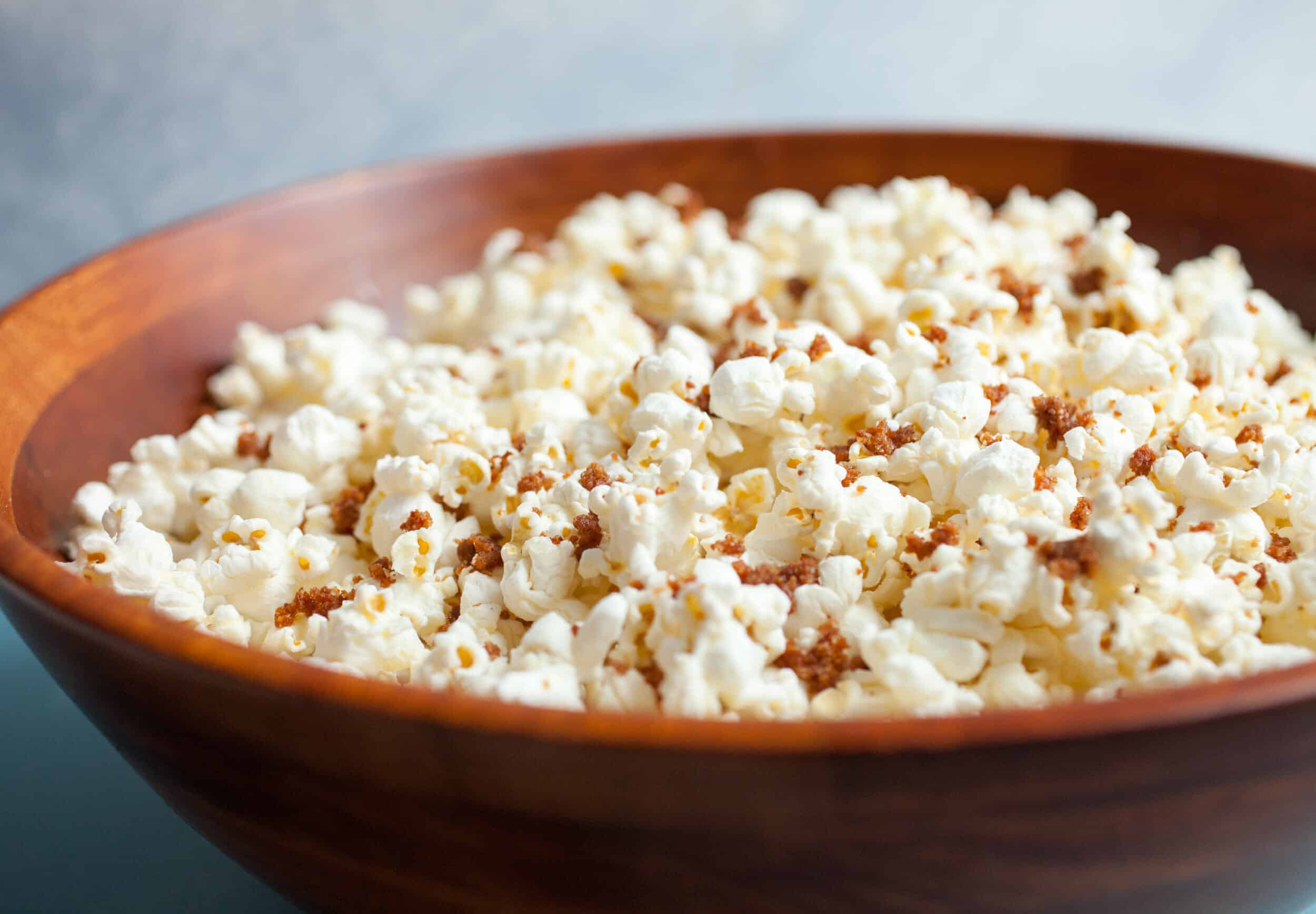
-
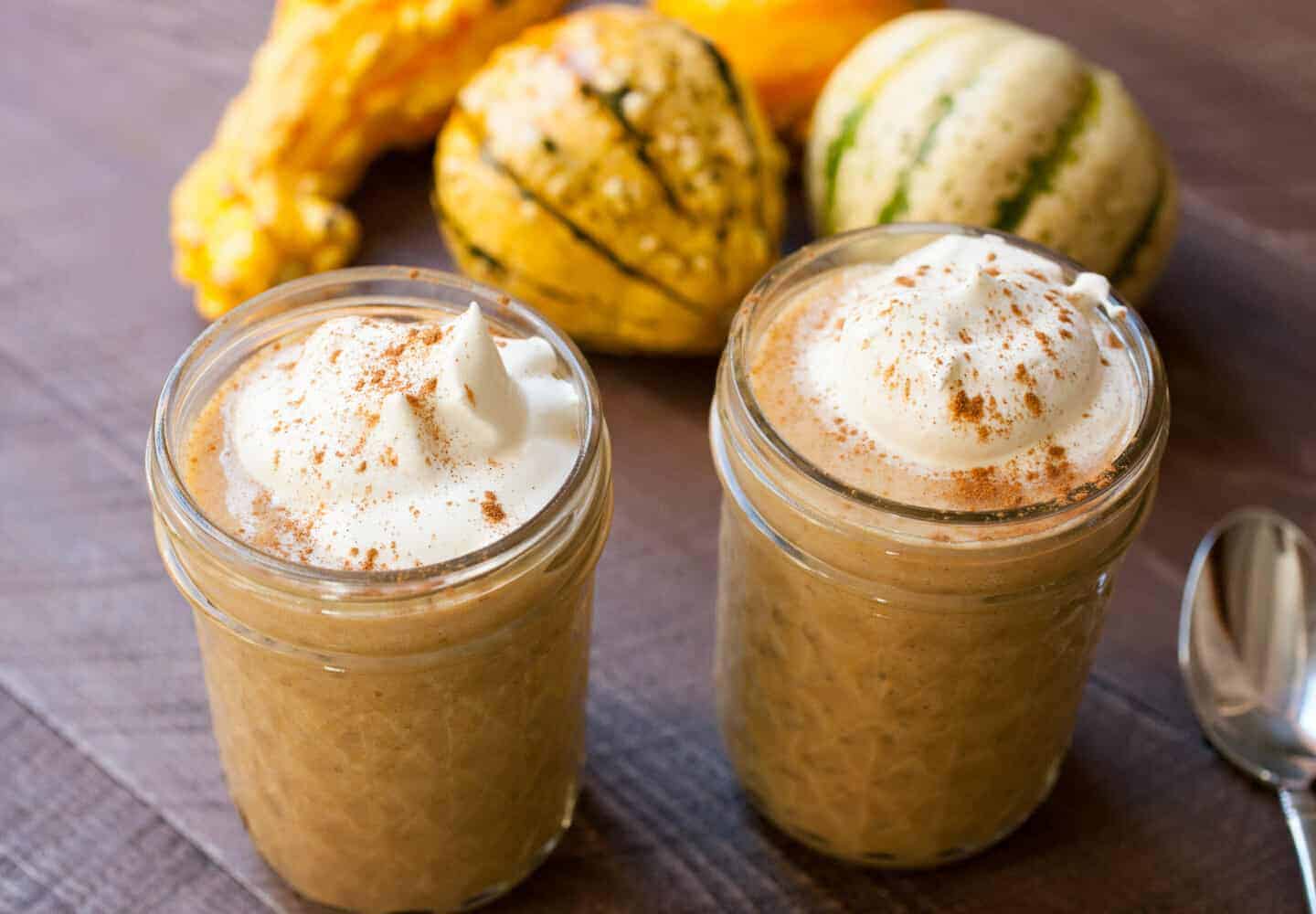
-
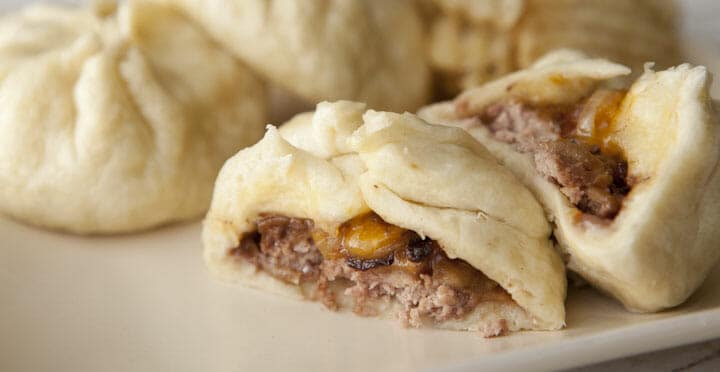
-
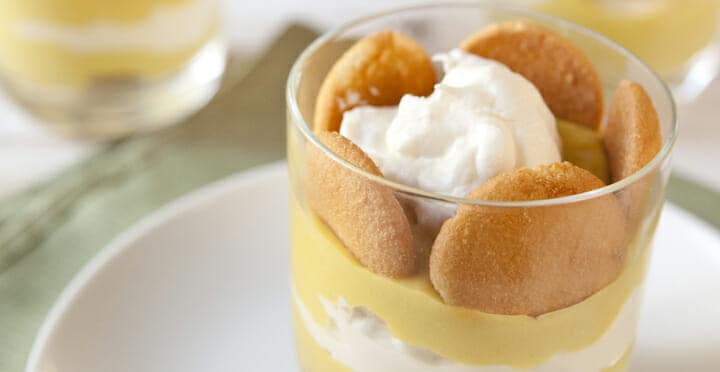
-

-
![Date Cinnamon Rolls Image]()
-
![Easter Swiss Roll Image]()
-
![Homemade Corned Beef Image]()
-
![Gin Lemonade Image]()
-
![Elote Corn Dip at Home Image]()
-
![Chicken and Waffles Image]()
-
![Savory Dutch Baby Image]()
-
![Lemon Buttermilk Pie Image]()
-
![Chocolate Chip Monkey Bread Image]()
-
![Dijon Braised Chicken Thighs Image]()
-
![Slow Cooker Korean BBQ Tacos Image]()
-
![Ricotta Raspberry Pound Cake Image]()
-
![Habanero Peach Margaritas Image]()
-
![Triple Berry Mini Pavlovas Image]()
-
![Strawberry Chocolate Milkshake Image]()
-
![Basic French Toast (No Fuss) Image]()
-
![Triple Chocolate Guinness Brownies Image]()
-
![Fresh Peach Dutch Baby Image]()
-
![Caramelized Onion Cream Cheese Image]()
-
![Chili Chocolate Chip Cookies Image]()
-
![Tarragon Vinaigrette Dressing Image]()
-
![Sun-Dried Tomato and Cheddar Scones Image]()
-
![Churro Pancakes Image]()
-
![Caramel Churro Cupcakes Image]()
-
![Red Wine Syrup Image]()
-
![Three Homemade Dry Rubs Image]()
-
![Funnel Cake Image]()
-
![Iskiate Image]()
-
![Mashed Potato Pizza Image]()
-
![Gin Penne Pasta Image]()
-
![Cherry Chocolate Pancakes Image]()
-
![Quick Rhubarb Chutney Image]()
-
![Snow Shakes Image]()
-
![Scotcheroos Millionaire Nuggets Image]()
-
![Easy Peach Cocktail Syrup Image]()
-
![Crispy Oatmeal Cookies Image]()
-
![Fried Green Beans Image]()
-
![Sesame Angel Hair Pasta Image]()
-
![Fruit Tapioca Pudding Image]()
-
![Black Pepper Chicken Wings Image]()


